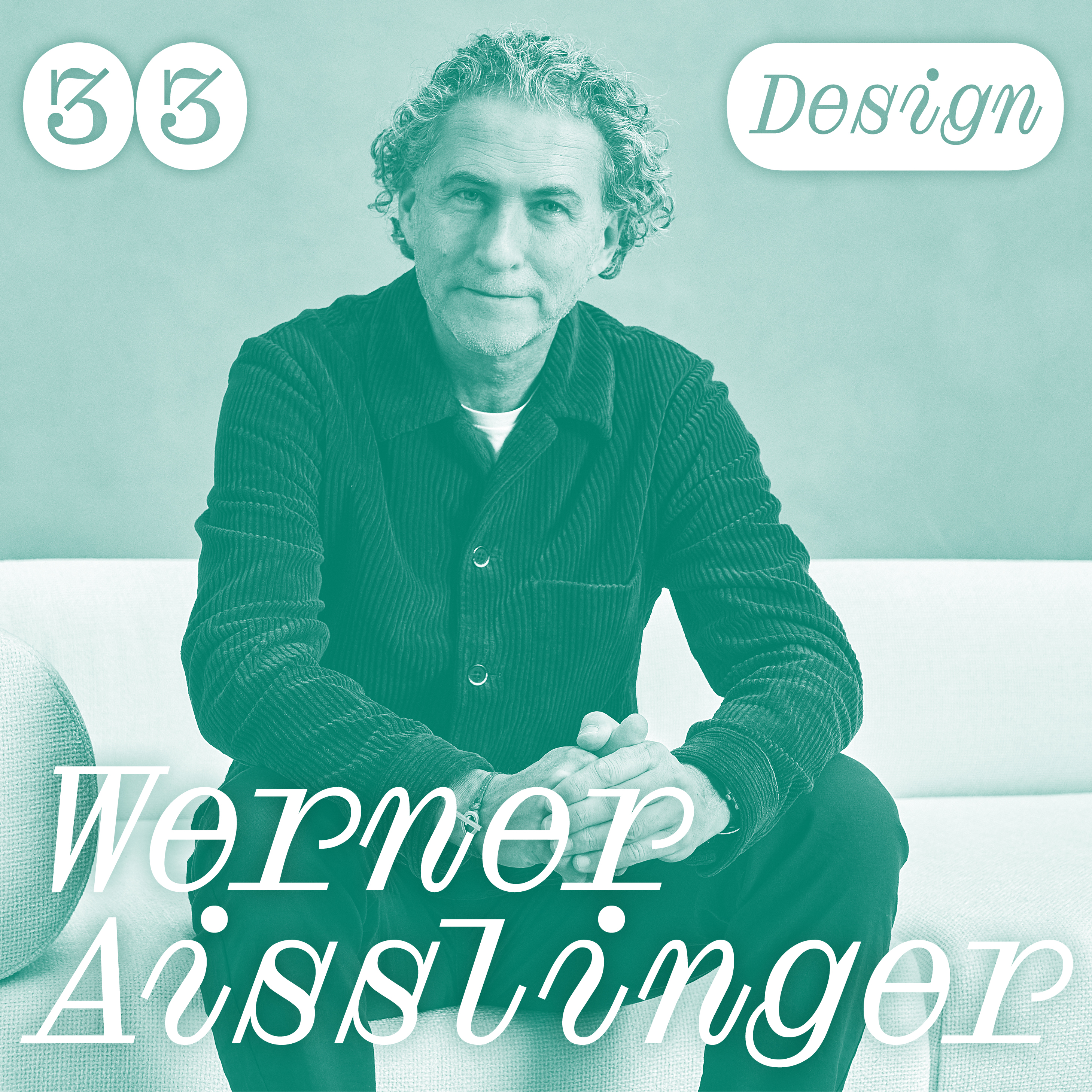Werner Aisslinger is a renowned German product designer celebrated for his experimental approach to materials, technology, and sustainable design practices. His work often pushes the boundaries of conventional design, exploring new possibilities in form and function.
Design Philosophy and Approach
Aisslinger's design ethos is characterized by several core principles:
- Material Innovation: He is known for pioneering the use of new and unconventional materials, including natural fibers, gels, and advanced composites. This exploration often leads to novel aesthetic and functional outcomes.
- Experimental Spirit: A strong emphasis on experimentation allows Aisslinger to create designs that are both avant-garde and practical. He often integrates emerging technologies into everyday objects.
- Sustainability: A significant portion of his work focuses on ecological responsibility, utilizing renewable resources and developing products with a lower environmental impact.
- Narrative and Emotional Design: Aisslinger aims to create objects that tell a story or evoke an emotional response, moving beyond mere utility to establish a deeper connection with the user.
Notable Works and Contributions
Throughout his career, Werner Aisslinger has developed a diverse portfolio of influential designs, collaborating with leading international brands. Key highlights include:

- Juli Chair (1996): An early success, recognized as the first chair made from polyurethane integral foam, showcasing his innovative material use.
- Loftcube (2003): A transportable, compact living unit designed for flexible urban living, demonstrating his vision for future lifestyles.
- Hemp Chair (2011): A groundbreaking monobloc chair made from natural fibers and a water-based thermoset binder, exemplifying his commitment to sustainable materials.
- Furniture and Lighting: Aisslinger has designed numerous pieces of furniture, lighting, and interior concepts for prominent companies such as Vitra, Cappellini, Moroso, and Dedon.
Impact and Recognition
Werner Aisslinger's contributions have significantly influenced contemporary design. His work is featured in the permanent collections of prestigious museums worldwide, including the Museum of Modern Art (MoMA) in New York, the Vitra Design Museum, and the Fonds National d’Art Contemporain in Paris. He has received numerous accolades, such as the Red Dot Design Award and the Compasso d'Oro, affirming his status as a leading figure in modern design. His explorations into material science and sustainable solutions continue to inspire a new generation of designers.







